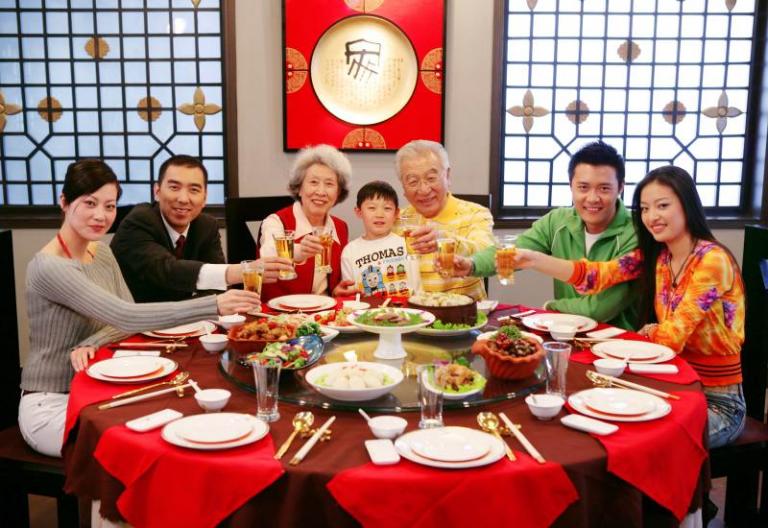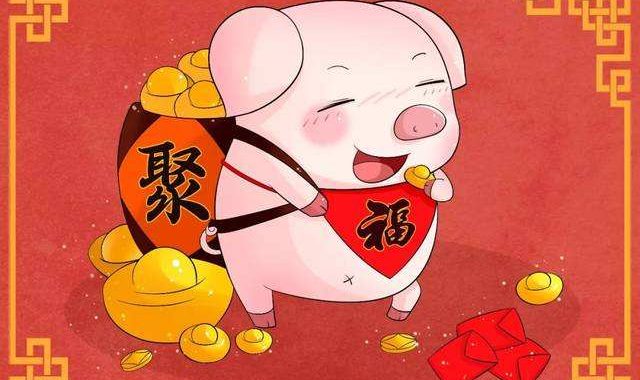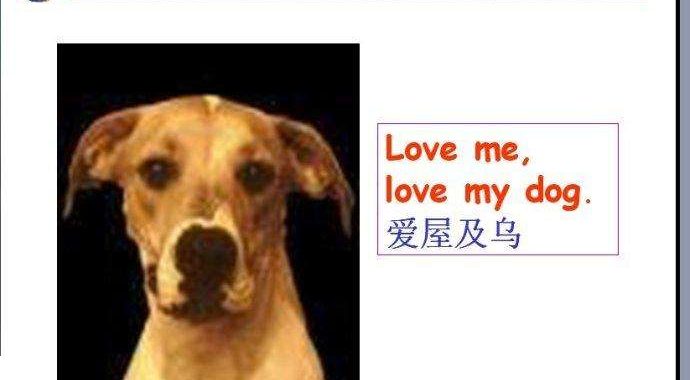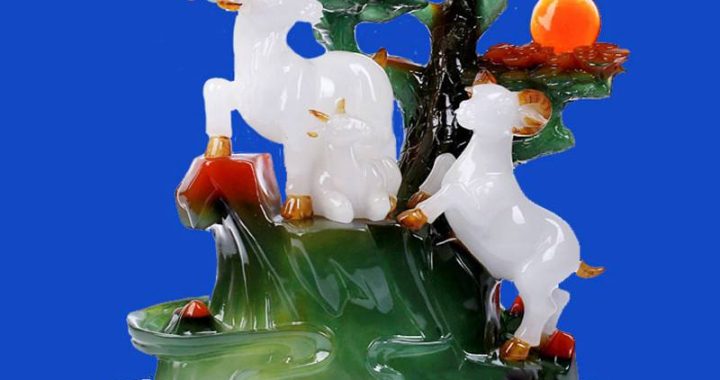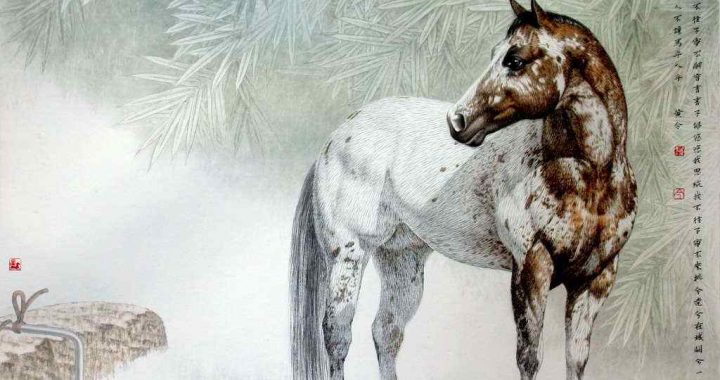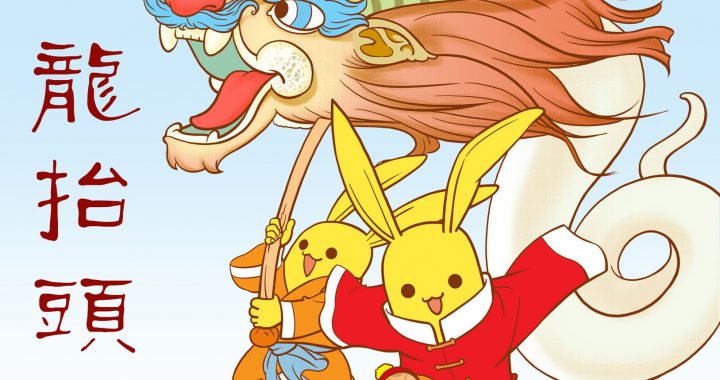Dining Etiquette in China
3 min readEating in China is more than just filling the stomach.It serves two major social functions:physical and mental cultivation as well as kinship and friendship strengthening.China is a country that pays great attention to courtesy,it is therefore necessary to acquire some knowledge of dining etiquette.
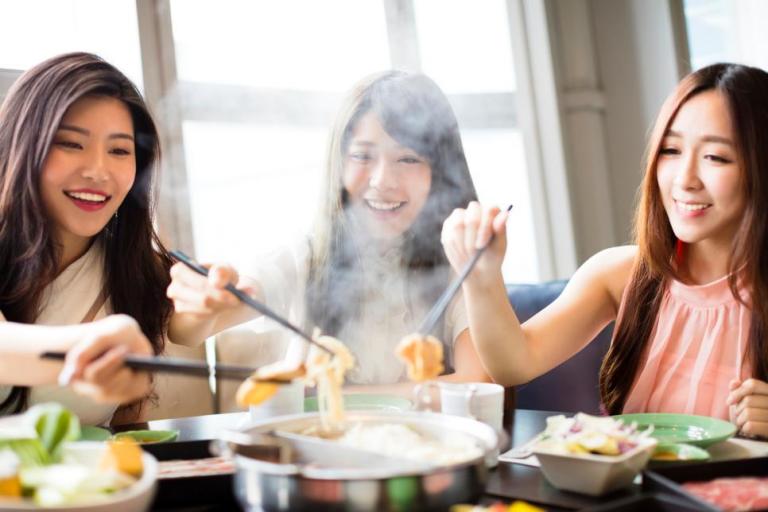
(1)Table Etiquette
In the traditional seating arrangement,the left or eastward side is considered most honorable,the seat facing the door most venerable of all.The second most prestigious seat is opposite the first,the third is adjacent to the first seat.The fourth seat is next to the second.When all are seated,the host will propose a toast,and the guests should not get started until the host invites guests to help themselves.It is also an admirable custom to respect others at the table,including the aged,teachers and guests,while taking good care of children.
During a banquet,serving and eating etiquettes should also be noticed.The main courses are placed at the center with the supporting dishes evenly placed around them.When the main dishes are prepared in a decorative form either by cut or by other means,they will be placed facing the major guests and elder people at the table.4 This embodies virtue.In some regions,the direction of a dish is considered particularly important when serving a whole ifish.The head should be placed toward the most honored guest.
In summary,a major aspect of eating etiquette is respect for seniority and superiority children to parents,subordinates to superiors,younger to older,and host to guest.It is reflected not only in the order of seating,but also in the eating process.
(2)Chopstick Taboos
The Chinese choose a pair of wooden sticks known as chopsticks as their tableware.
Rules and taboos regarding the use of chopsticks have been formed over the past 4,000 years of this unique Chinese practice.
Chopsticks placed in different ways have different meanings.For example,laying chopsticks horizontally means that the diner has finished eating.Besides expressing various kinds of meanings,dozens of taboos concerning chopsticks are accepted as a norm in today’s tableetiquette.For instance,chopsticks shouldn’t be used to drum or tap bowls or plates,because people believe that is the vulgar behavior of beggars when they beg for food.Chopsticks should neither be used upside down,nor placed vertically into a dish,as this symbolizes the way of making sacrifices to the dead.One should avoid sucking the end of a chopstick or keeping it in mouth for a long time.One should never point at someone with a chopstick and should not use it to prick food in order to pick it up.These actions are regarded as impolite and irreverent.
There is also superstition,saying that dropping chopsticks will inevitably bring bad luck.
(3)Food Symbolism
The Chinese place great emphasis on the cultural significance and symbolism of the foods they eat.The symbolic significance of a food may be based on its appearance,or on how the Chinese words sound.Here several symbolic Chinese foods are cited.
Eggs hold a special symbolic significance in Chinese culture.The Chinese believe eggs symbolize fertility.After a baby is born,parents pass out red hard-boiled eggs to announce the birth.In some regions,the number of eggs stands for the gender of the newly-born baby,for example,an even number for a girl,and an odd number for a boy.
The long noodle is the symbol of longevity in China,both youngsters and seniors will have a bowl of Long Life Noodles on their birthday to expect a healthy life.They are as much a part of a Chinese birthday celebration as a birthday cake with candlessis in many countries.
Fish served whole in Chinese culture symbolizes prosperity,because the Chinese word for fish sounds like the word for riches or abundance,and it is believed that eating fish will help your wishes come true in the coming year.
Chicken forms part of the symbolism of the dragon and phoenix and is very popular during the Spring Festival,representing a good marriage and the coming together of families.
